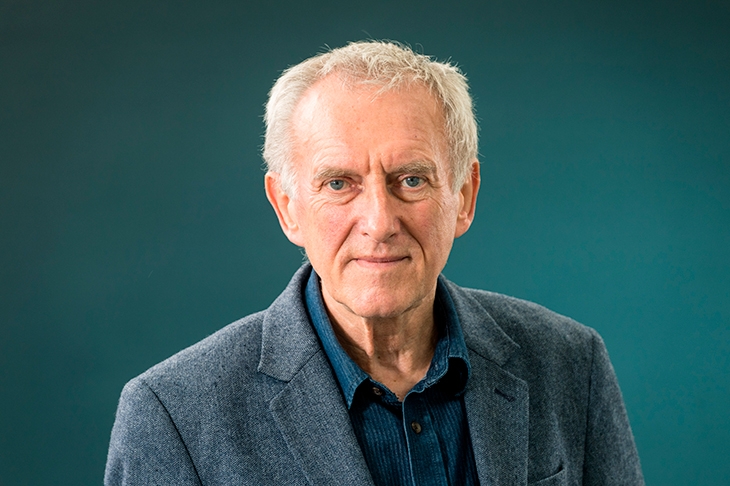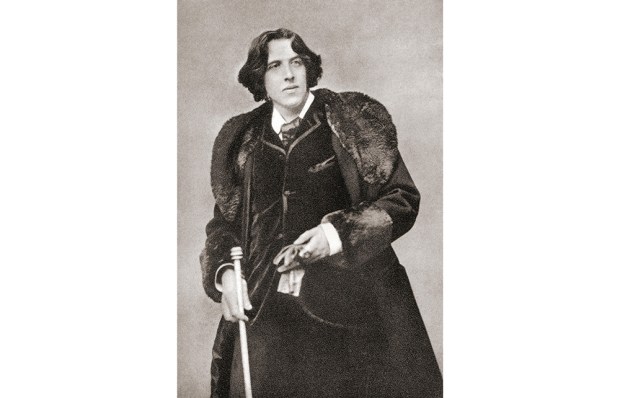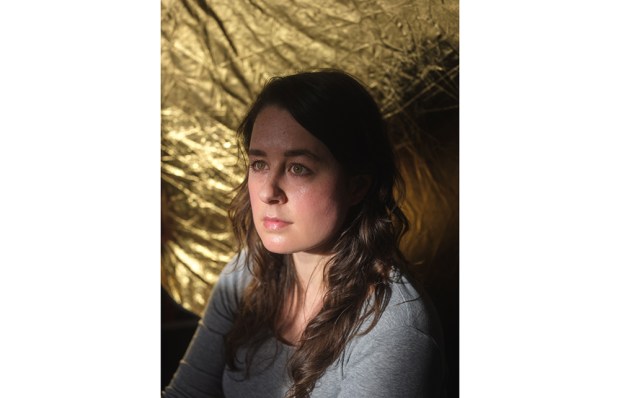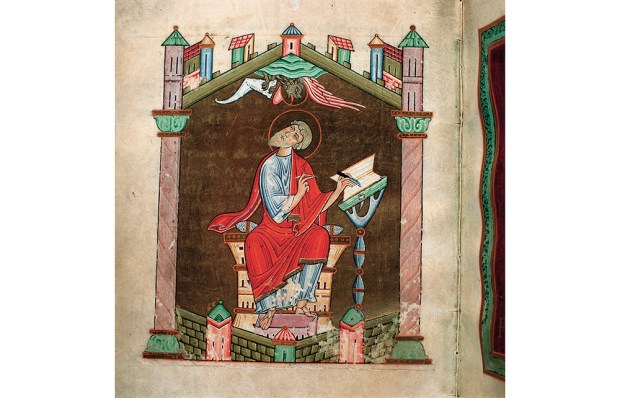James Kelman doubtless remains best known for his 1994 Booker prize win for How Late It Was, How Late and the subsequent furore. The brouhaha looks painfully absurd 25 years later with the plaudits Kelman has received (when not being dismissed as akin to an ‘illiterate savage’) perhaps the greatest in post-war English literature. Here is a writer to stand alongside Zola, Beckett and Joyce.Yet since then it feels as though Kelman’s audience has grown more selective — a process perhaps aided by his move to the USA in 1998 to teach creative writing at the University of Texas at Austin.
But with Kelman now in his 75th year, it’s long past time for the man himself to step forward. So we have What I Do (Memoirs), published by the small press thi wurd. I will admit to hungrily anticipating Kelman giving a personal insight into the Booker imbroglio, and was keen to know what he would say about, for example, Irvine Welsh, A.L. Kennedy, Gordon Brown and the SNP government. Would he be waspish or taciturn? Would he allow a little lightness into his prose, perhaps even a self-deprecating irony? Or would he remain severe and unyielding?
The first thing to note — and this will colour the entire reception of the book — is that despite the title this is not a memoir in the sense of personal reminisces. A brief foreword notes: ‘The writings collected here were written firstly to be read or heard whether as obituary, memorial or eulogy.’ What I Dois hence a series of remembrances of friends, activists and writers (such as Tom Leonard, Jeff Torrington, June Jordan, Hugh Savage and Agnes Owen) in which Kelman himself appears rather fleetingly. If you feel slightly mugged I can’t blame you. I certainly did. There isn’t much by way of anecdote, and even fewer opinions that couldn’t be safely discussed in a university tutorial. Kelman might think himself above such matters but I’ll freely admit that I am not, and so from the very outset found the book disappointing. I wanted to be entertained, damn it.
As is often the case with elegies, there is a degree of disguised autobiography through promoting the values with which Kelman would like to be associated, while the occasional anecdote manages to peep through. For example, he notes Mary Gray Hughes’s lament about ‘the quantity of people, in writing and everything else, who… write and read for money or fame or this and that, and too rarely because of writing itself’. Similarly, he describes the author and artist Alasdair Gray as ‘one of a band of artists whose work is known, respected and even loved in other parts of the world, yet his advocacy failed to move the arts establishment’. It’s not hard to read between the lines there.
Meanwhile, the stories such as they are can be inscrutable. On three occasions he mentions encountering writers whom he admires — Mary Gray Hughes, John La Rose and Tillie Olsen — but can’t remember what was said. On Hughes: ‘There were things I wanted to say. Who knows what I did say, I cannot remember.’ On first meeting La Rose: ‘John answered the door. I cannot remember what I said although it wasn’t as brief as “hello”.’ And when on a discussion panel with Olsen:
I found nothing to say, nothing. The panel discussion was about to begin. I could not say anything to her. She gripped my wrist, then returned to her seat. I had to leave the room.
Such absences are perhaps a refusal to play the memoir game by trading gossip for approval. But readers like gossip, especially about writers. That’s why we read literary biographies and memoirs. Rejecting the game is wilful at best, self-sabotage at worst.
Kelman’s discussions of literary works are also disappointing. You can’t do a close reading during an elegy, of course, but revising for publication offers every opportunity for specificities. Yet he gives very few quotes to illustrate his points, which thus feel like windy generalisations rather than rigorous analyses. So when discussing Agnes Owen (with whom he would be published, along with Alasdair Gray, in the collection Lean Tales), he says (amongst other similar points):
In her stories children, men and women struggle to survive. Society is revealed. Its custodians employ battalions of highly-educated servants, assisted by skilled security operatives, to perpetuate the swingle through propaganda, mystification and disinformation. Institutional bullying and harassment aid the process.
Fine, but how about some examples? Where’s the beef?
Still, Kelman’s prose is very fine, strongly hewn and precise. He hasn’t mellowed; he still rages at injustice. Every chapter features absorbing discussions (particularly on the Nigerian writer Amos Tututola, where he describes the techniques both use regarding orature in order precisely to convey a colonised community and culture), and some stories even verge on the comic, as when he causes an all-white university class consternation when he refers to them as ‘European-Americans’. (Characteristically, he does not expand on this by setting the scene or sketching the characters.) But this is not the book you expect and not the book the reader would want. Judged on its own merits, it’s perfectly fine, if minor. To call it his memoirs is an irrecoverable egregiousness.
Got something to add? Join the discussion and comment below.
Get 10 issues for just $10
Subscribe to The Spectator Australia today for the next 10 magazine issues, plus full online access, for just $10.
You might disagree with half of it, but you’ll enjoy reading all of it. Try your first month for free, then just $2 a week for the remainder of your first year.














Comments
Don't miss out
Join the conversation with other Spectator Australia readers. Subscribe to leave a comment.
SUBSCRIBEAlready a subscriber? Log in